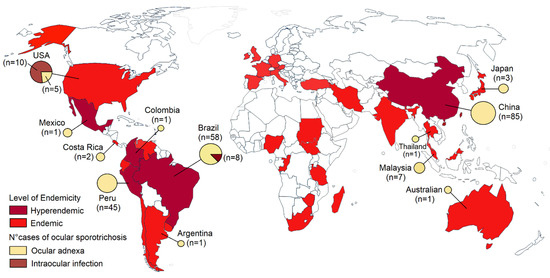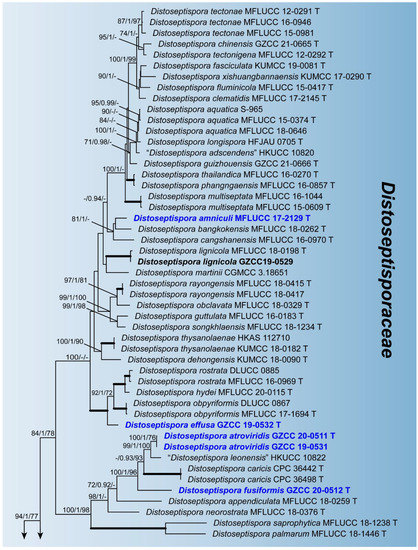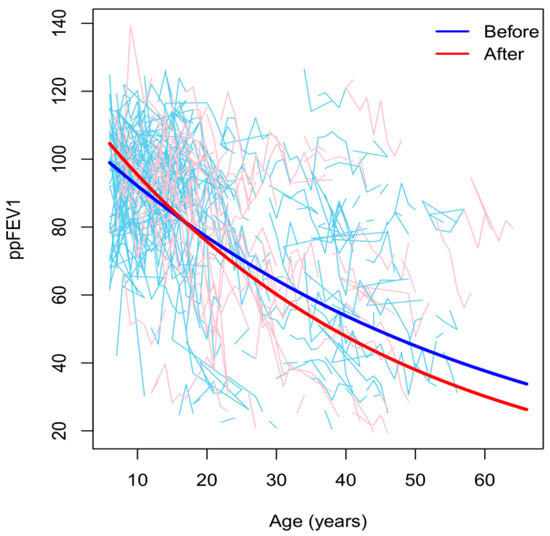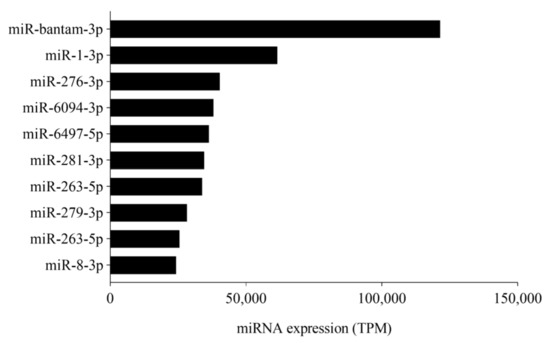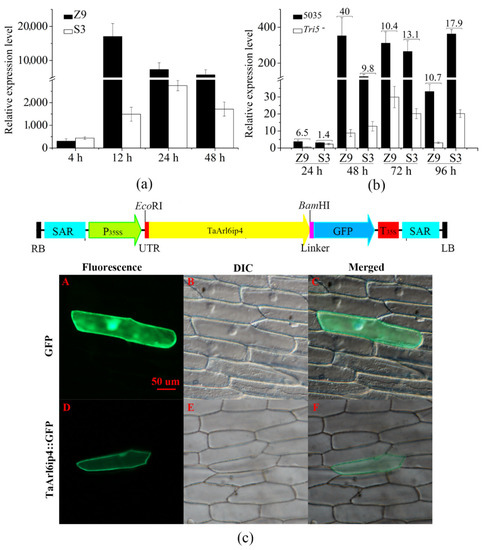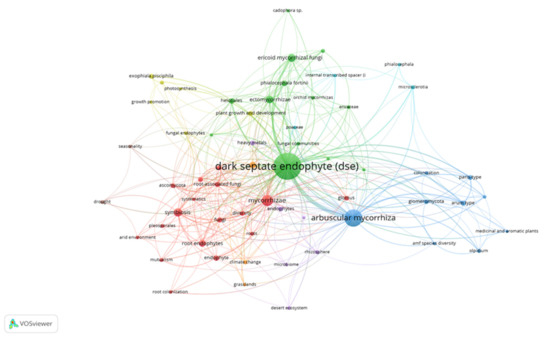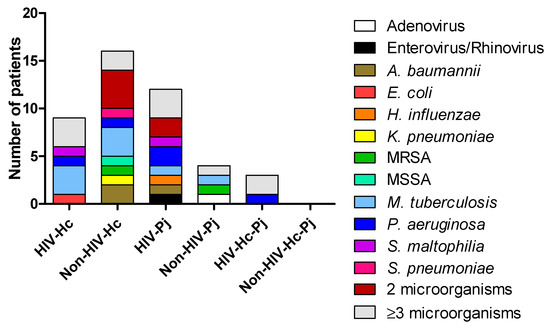J. Fungi 2021, 7(11), 951; https://doi.org/10.3390/jof7110951 - 10 Nov 2021
Cited by 20 | Viewed by 4930
Abstract
Sporotrichosis is a subacute or chronic mycosis predominant in tropical and subtropical regions. It is an infection of subcutaneous tissue caused by Sporothrix fungus species, but occasionally resulting in an extracutaneous condition, including osteoarticular, pulmonary, nervous central system, and ocular disease. Cases of
[...] Read more.
Sporotrichosis is a subacute or chronic mycosis predominant in tropical and subtropical regions. It is an infection of subcutaneous tissue caused by Sporothrix fungus species, but occasionally resulting in an extracutaneous condition, including osteoarticular, pulmonary, nervous central system, and ocular disease. Cases of ocular sporotrichosis are rare, but reports have been increasing in recent decades. Ocular infections usually occur in hyperendemic areas of sporotrichosis. For its classification, anatomic criteria are used. The clinical presentation is the infection in the ocular adnexal and intraocular infection. Ocular adnexa infections include palpebral, conjunctivitis, and infections of the lacrimal sac. Intraocular infection includes exogenous or endogenous endophthalmitis. Most infections in the ocular adnexal have been reported in Brazil, China and Peru, and intraocular infections are limited to the USA and Brazil. Diagnosis is performed from Sporothrix isolation in the mycological examination from ocular or skin samples. Both sporotrichosis in the ocular adnexa and intraocular infection can mimic several infectious and non-infectious medical conditions. Ocular adnexa infections are treated with potassium iodide and itraconazole. The intraocular infection is treated with amphotericin B. This review describes the clinical findings and epidemiological, diagnosis, and treatment of ocular sporotrichosis.
Full article
(This article belongs to the Special Issue Ocular Fungal Infections)
►
Show Figures
